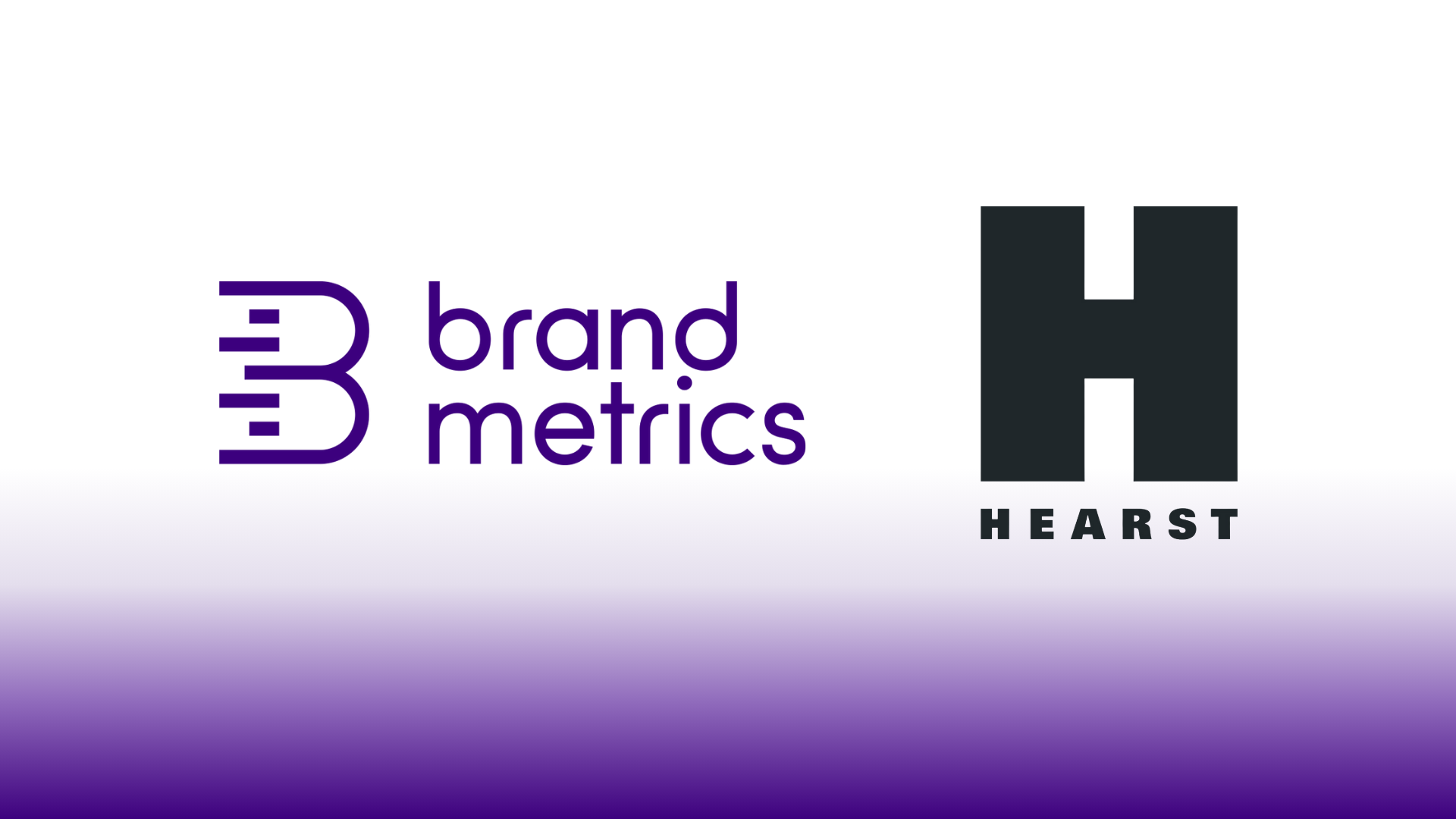Moving into CTV - markets, measurement and monetisation
 TL (1920x1080).jpg)
The growth of CTV ad revenue is forecast to reach $38.3 billion in 2024 - a 20.1% increase YoY - so it came as no surprise to see many sessions at this year’s Cannes focusing on the opportunities and challenges of CTV.
From Equativ’s panel discussing the potential of telco data sets to drive campaign yields, to NDA’s round table on CTV and online video and Empower Cafe’s panel on prioritising quality in CTV ads, the festival provided a number of perspectives on how the industry can capitalise on the vast potential still to be realised across the CTV landscape.
The common themes: meaningful metrics
While the specific topics of each session varied, the conversations around CTV touched on some common themes, including the prevalence and growth from market to market, effective campaign measurement, and using these metrics to inform future budget allocations - and, of course, the importance of having effective measurement tools to drive ongoing investment decisions.
So how can both brand advertisers and publishers make a successful move into CTV?
Quality over quantity: the key to attention
It can be all too tempting to revert to a numbers game when exploring new territory - falling back on a traditional strategy based on a heavy ad load, which, as we know, results in poor-quality attention rather than meaningful consumer engagement.
As discussed at Empower Cafe’s ‘CTV Ads Unleashed: Crafting Quality in the Digital Age’, it’s important for brand marketers to recognise this risk. Maintaining a high-quality ad environment and user experience must remain a priority for CTV, just as with any other channel. That’s why we’re seeing publishers increasingly adopting attention metrics to evaluate campaign performance, such as NYT’s latest partnership with attention technology company Adelaide.
Given the stark correlation between attention and brand uplift, creating high-quality CTV ad formats is key - not only to driving immediate user action but also to building longer-term consumer relationships, which in turn drives continued ROI.
Understanding the measurement options
Firstly, we must acknowledge the current fragmentation in the measurement tools available to advertisers and publishers, which is a very real challenge for ad tech firms facilitating the move from digital publishing into CTV. Although there have been significant attempts to standardise metrics - take IAB’s VAST 4 or SIMID, for example - we are still making our way through a maze of platforms, data sets and technologies in an attempt to accurately measure campaign effectiveness - and therefore how best to deploy ad spend.
To steer the narrative towards an industry-wide standard for CTV measurement, both marketers and publishers should be an active part of the conversation in encouraging greater collaboration. In the meantime, they need to look into the measurement options available, including potentially partnering with third-party measurement companies to deliver the metrics they need.
For instance, brand lift technology is starting to help move the needle on measurement, integrating with publisher tech stacks to monitor their full range of inventory. On the demand side, the brand collects data on how much exposure their audience has had to a particular campaign; while on the sell side, the publisher presents a single-question survey to the user in the same environment as the campaign, to evaluate their engagement according to four key metrics: brand awareness, consideration, preference, and action intent. Capturing audience data ‘in the wild’ - i.e. on the site where they first see a campaign, rather than via panels - garners a much more spontaneous and therefore authentic response.
Together, these data sets form a powerful asset from which marketers can derive the insight they need to drive the highest possible engagement, while publishers are given a methodical means of assessing how well their CTV campaigns are performing.
Interactive ads: the future of CTV
CTV advertising will steadily incorporate more and more interactive elements, with formats to drive active attention, for instance prompting audiences to pick up their remotes and physically engage with ads. We’re already seeing an opportunity to explore creative solutions beyond the clicks enabled by traditional browsers - with voice commands and QR codes just two examples of how interactive elements can be brought into CTV. These will, in turn, deliver valuable user engagement insights and drive brand uplift.
While the discussions at Cannes highlighted some of the remaining challenges of CTV, they also brought to light a sea of opportunities to drive growth and revenue generation. To realise those benefits in full, we just need to make sure that we - brand advertisers, publishers and tech partners - are committed to both establishing measurement standards, and embracing new formats as they emerge.
What next?
While the industry wheels turn and the slow march towards uniform standards goes on, there are also opportunities for early movers - those publishers, agencies and advertisers who make it their mission to understand what is working, what is not, and how best to optimise for future success - to gain important insights. Having a simple, consistent approach to CTV measurement is the bedrock of this process, and a sure way of backing up creative intuition with hard evidence.
Brand Metrics is currently working with various players in the fast-growing CTV marketplace, helping them develop measurement solutions to understand the impact of their campaigns. If you would like to learn more, please contact our head of CTV, Robby Kraai on robby@brandmetrics.com.



.png)


.png)
.png)


